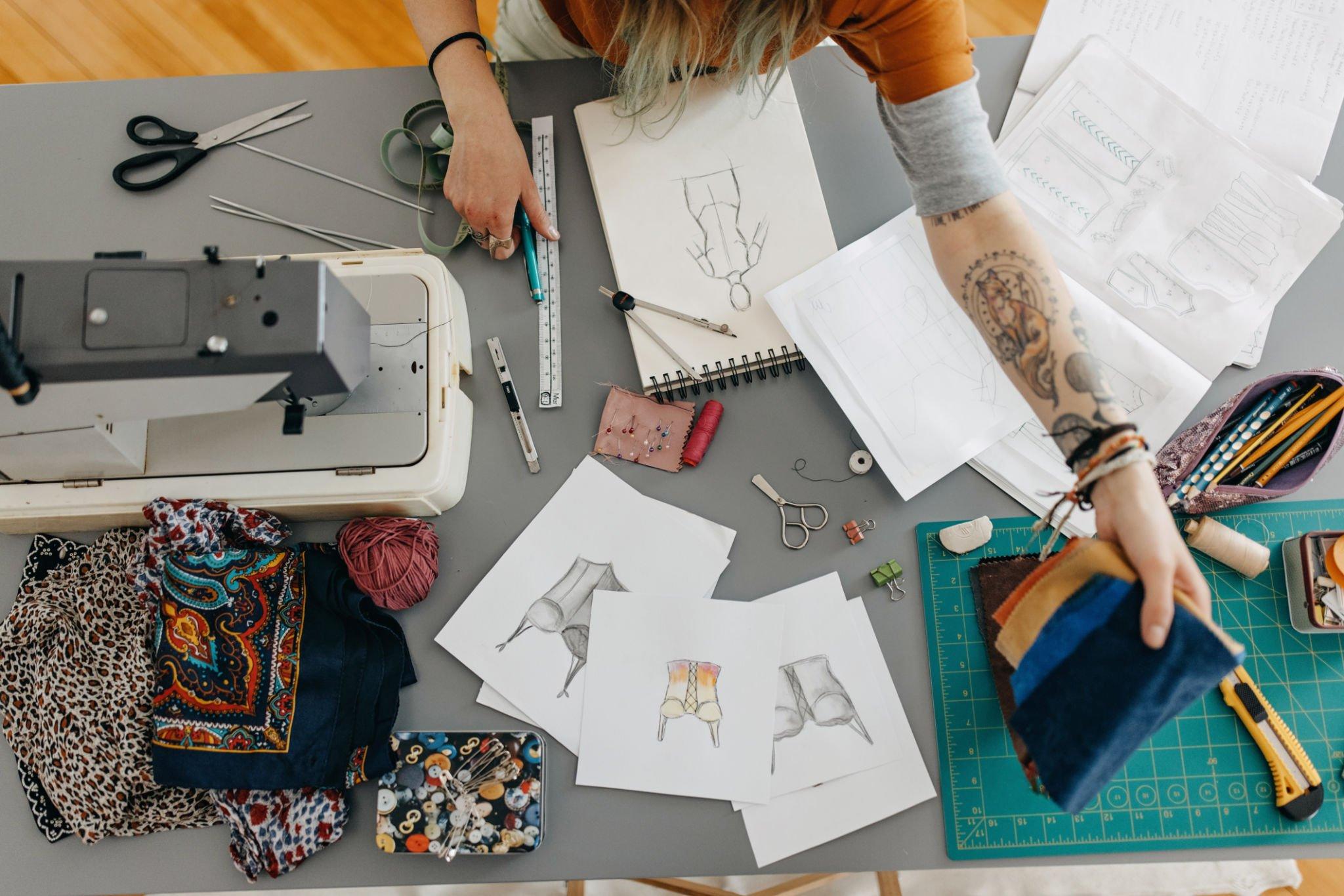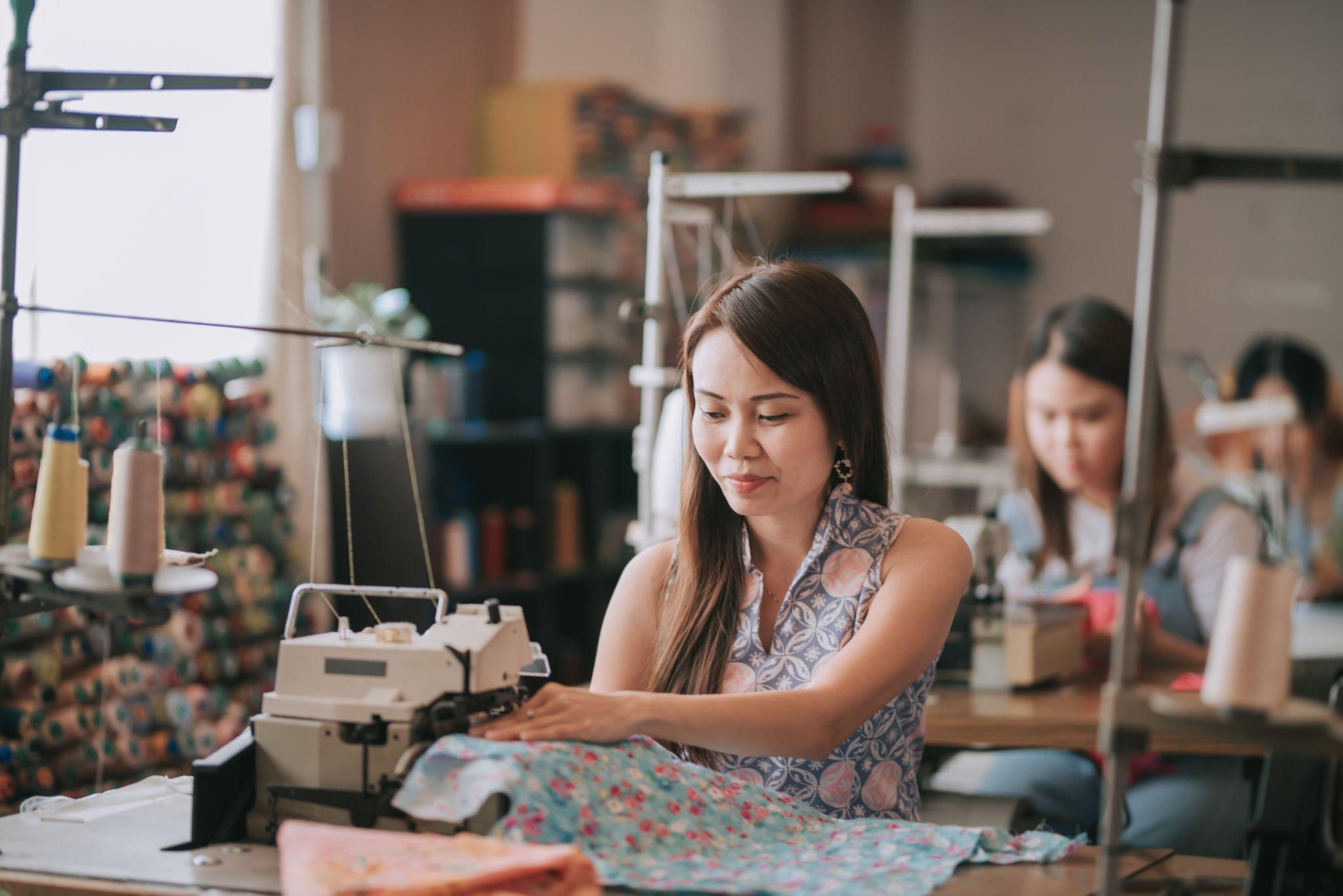You’re almost finished studying and are already thinking about a career in the fashion industry. There is a wide range of options available aside from the ones you may expect, such as designers and models.
From a career in fashion-related finance to discovering a role in communications, the opportunities are varied.

Retailers of formal white shirts, CT Shirts, take a look at what’s out there, considering some careers you mightn’t have thought of:
Becoming a garment technologist
The garment technologist position is essential in the fashion industry. This role is largely about quality control and investigative work with regard to the materials that are used to create fashion pieces.
Simply put, a person in this role will work on designing and developing new materials. Through testing new combinations of materials and fibers, people in this role look to find the best type of fabric for what’s to be made.
These people work closely with designers, pattern graders, and buying teams to find the right type of fabric for what’s to be made.
As well as this, someone in this position is always on the lookout for innovative ways to become more efficient across the fashion house.
This might be to do with price and would involve liaising with buyers and suppliers to negotiate a cost that’s within the budget of the project.
Or, they might be looking to make the company more sustainable, and therefore the technologist would investigate the production of the fabrics.
If you want to bag a creative role in fashion, you’ll require knowledge of textiles and manufacturing.
Employers may also expect you to have a degree in a related topic, such as garment technology and production, or you may complete a module around this as part of a wider subject.
Or, look out for apprenticeship schemes and junior roles, where you can work your way up to this role.
Becoming a pattern grader
Believe it or not, this is another popular role in the fashion industry. They focus on producing scaled-up and scaled-down versions of design patterns, which enables the manufacturers to produce the same patterned piece of clothing in different sizes.
There are a lot of aspects to this job role too, including tracing, quality checking, and communicating with prospective buyers.
Although you may be good at design, you’ll need to be knowledgeable about mathematical areas.
You must be able to take accurate measurements and make calculations in order to scale the patterns correctly.

It’s also important that you enjoy being part of a team, so to cooperate with others in the design process, and be able to confidently use IT to work with a digitizing table.
As well as this, you’ll be pleased to know that you don’t need a degree. Instead, you could take the apprenticeship route through college by studying subjects such as fashion or textiles.
Or, work your way up from an assistant or pattern cutter to becoming a grader in a fashion company.
Becoming a fashion illustrator
Fashion illustrators work closely with designers to create conceptual sketches and illustrations of fashion products.
In addition to this, they may produce advertising copy and images for promotional material for print and online coverage.
To succeed in this role, you need to be able to use computer design, as well as drawn by hand, and have an eye for fashion.
The majority of fashion illustrators have a degree in a subject like graphic design. To get accepted onto a degree of this kind, you will need GCSEs and potentially A levels, or entry based on passing a foundation course.
Alternatively, you can build up a strong portfolio and gain experience in relevant positions to impress prospective employees.
Becoming a fashion journalist
Fashion journalism is becoming a more common entry to the industry — as more people have the opportunity to write to the world online.
A fashion journalist is no longer limited to securing a job for a print publication — with a range of online magazines out there, there are more opportunities available.
You could also go freelance, but work isn’t guaranteed here. As part of the job, you’ll likely be required to travel and meet new people to conduct interviews and get the latest on fashion stories.
A creative flair, a love for writing, and an interest in fashion will put you in good stead to become a fashion journalist, but there are some educational choices that you can make to better your chances of getting a career in this field.
Choosing A-levels such as the English Language will further your creative writing skills, for example.
There are specialty degrees out there too, such as the Fashion Communications course which will teach you more about the sector and increase your employability.

If you have a great portfolio of written work, you should have no problem! Start your own fashion blog to write about the latest news in the sector and approach editors for freelance opportunities.
Networking is also a great way to get to know about future vacancies. Try to secure unpaid work in relevant positions to build your experience too.









